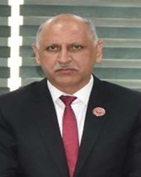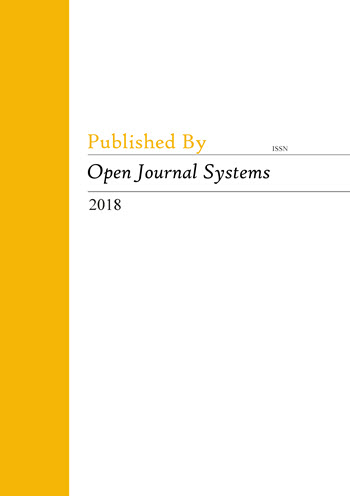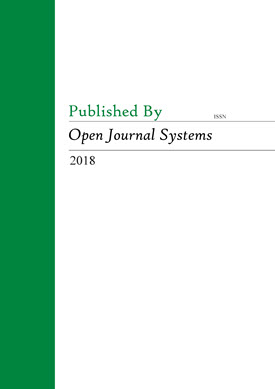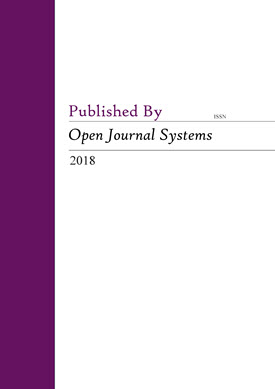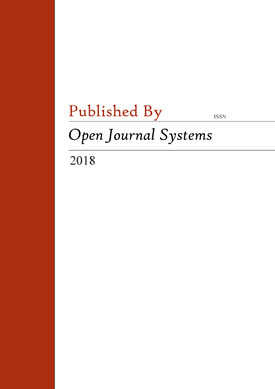Array Home Energy Management and Monitoring Using Ubidots Platform
Keywords:
Micro-grid; Power management; Arduino; Internet of Things; UbidotsAbstract
This paper introduces a practical design for home energy management and monitoring. It has been assumed that the home has a 12 VDC power source and with variable generation power. The virtual house has loads that consisting of four lamps, each with a power of 10 watts and operated on 12VDC. The home can be operated in two modes. The first mode is the grid-tied mode, in which the energy is imported or exported the power to/from the grid depending on whether the home source generation power is greater than or less than its load. The second mode is called the island mode, in which the home depends on its power supply to feed its loads with the required power. The transition between the two operating modes of the home is controlled fully by the Arduino UNO microcontroller according to the main grid status and home status (generation and load demand). The assumption that was set in the designed system is that the maximum current that a home source can supply is 3A. Therefore, when the current that a home needs is more than this value, it imports energy from the main grid and less than that value, it exports energy to the grid. The data of the grid voltage and load current of the home were transferred by the Arduino UNO microcontroller to the Node MCU using RF (HC-12) module. The cases of the main grid and the home power source are monitored in real-time using the Ubidots platform. These cases data raised to the Ubidots platform by using the Wi-Fi- ESP8266 included in the Node MCU board. All cases were tested in practice and the Ubidots platform showed a quick response in updating the data as well as its security

Downloads
Published
Issue
Section
License
You are free to:
- Share — copy and redistribute the material in any medium or format
- Adapt — remix, transform, and build upon the material
- The licensor cannot revoke these freedoms as long as you follow the license terms.
Under the following terms:
-
Attribution — You must give appropriate credit, provide a link to the license, and indicate if changes were made. You may do so in any reasonable manner, but not in any way that suggests the licensor endorses you or your use.
-
NonCommercial — You may not use the material for commercial purposes.
-
ShareAlike — If you remix, transform, or build upon the material, you must distribute your contributions under the same licence as the original.
- No additional restrictions — You may not apply legal terms or technological measures that legally restrict others from doing anything the license permits.





